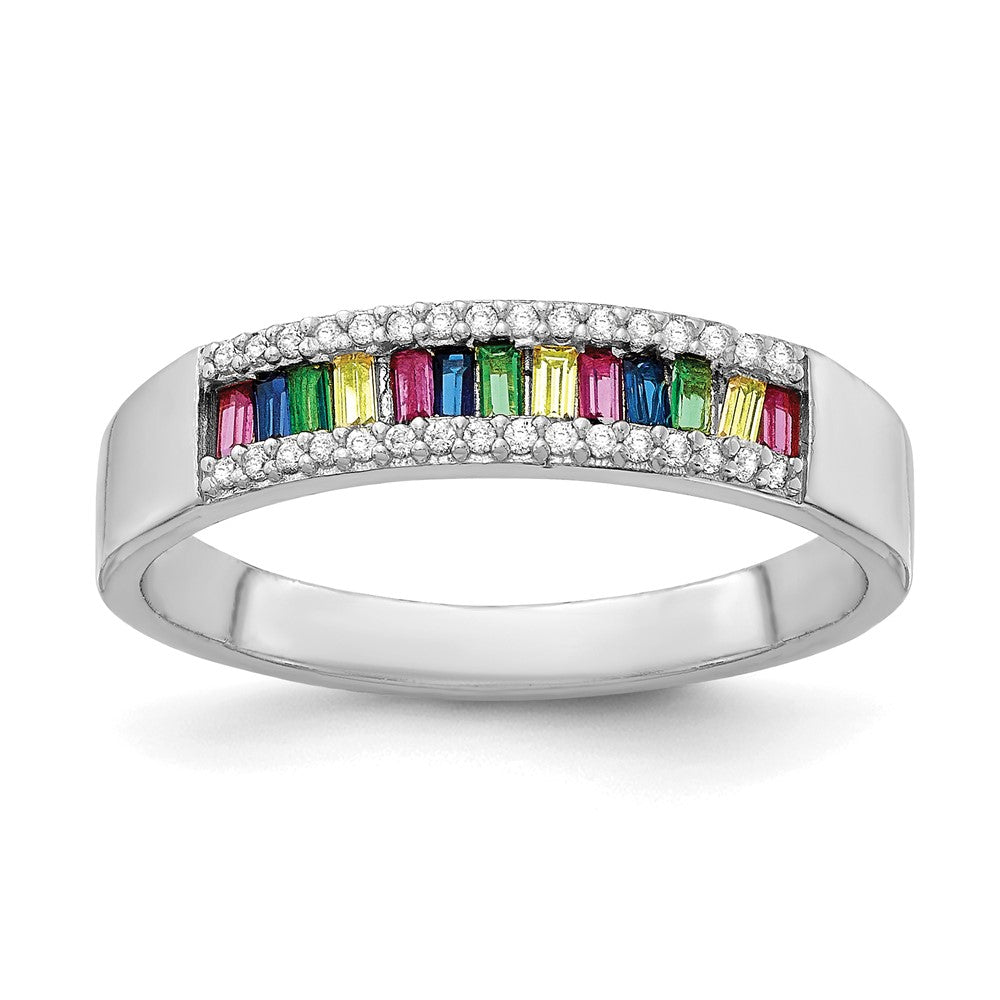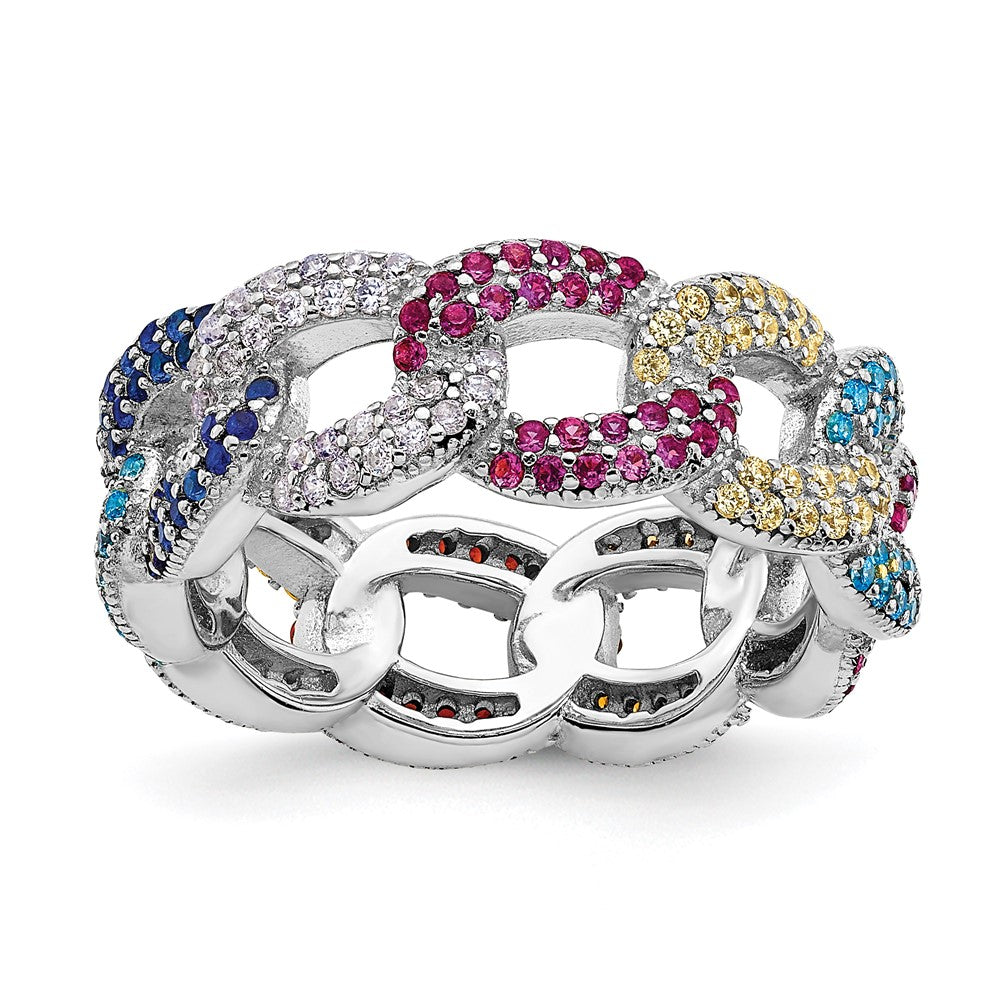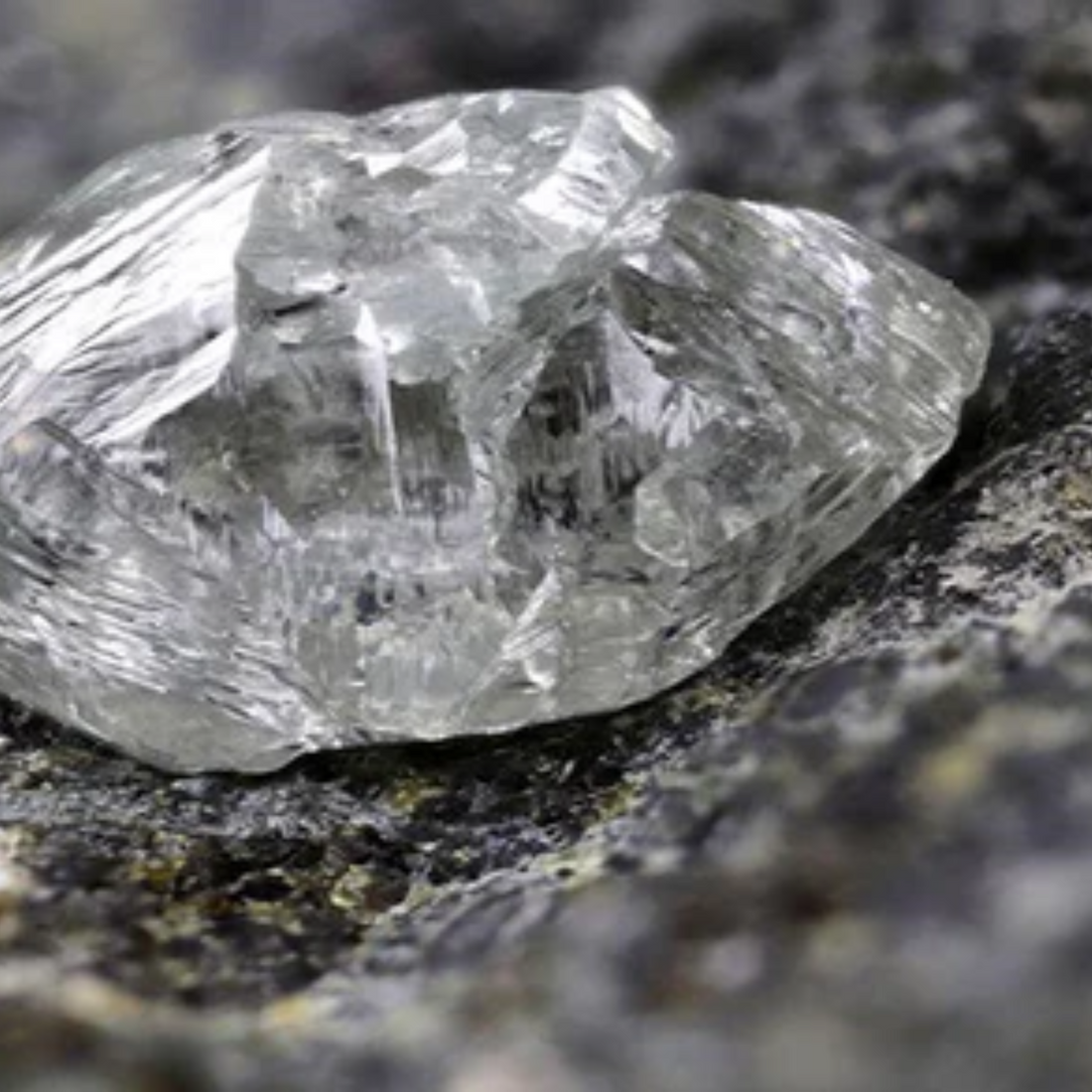So you’ve heard the talk about lab diamonds but you don’t know what to think. “What are they?” you ask. “Why are they becoming popular?” “What should I know before I buy a ring?”
Well, you’ve come to the right place! Below is everything you should know about lab diamonds before you choose which diamond is right for you.
At Treasure Fine Jewelers, we provide you with an artfully curated selection of fine jewelry made with both natural and lab-created diamonds. So no matter what you choose, we’ve got the perfect ring for you!
What is a Lab Diamond?
A lab diamond is a diamond that is made in a lab and not mined from the ground like a natural diamond.
Is a Lab Diamond “Real”?
Yes. Lab diamonds are real diamonds. They have the same makeup as natural diamonds and have the same qualities including texture, shine, and hardness. Lab diamonds may also come in all the different types of shapes, colors, and sizes that natural diamonds do!
Lab diamonds also have inclusions, or minor imperfections, just like natural diamonds.
Besides the way they’re made, the only difference between a lab-created diamond and a natural one is that although they both have carbon as the main element, natural diamonds often contain small amounts of nitrogen which lab diamonds do not.
But despite being created unnaturally, lab diamonds are indeed real just like natural diamonds!

How is a Lab Diamond Made?
The creation of lab diamonds continues to evolve as technology improves and new methods are found. But as of now, there are scientifically two common processes that may be used in a lab when creating lab diamonds.
The first one involves high pressure and high temperature. During this process, labs commonly use a belt press, a cubic press, or a split-sphere press. This equipment is used to allow diamond seeds to get exposed to the extreme pressures and temperatures which will create the diamonds.
In the second method that allows lab diamonds to be created, the diamond seeds are placed into sealed chambers with extremely high temperatures. These chambers are filled with gases that are rich with carbon. Certain technologies allow the gasses to ionize, breaking the molecular bonds so that pure carbon can attach to the diamonds and form crystallization.
The diamond seeds will usually become full diamonds in a matter of weeks or months depending on factors like the size of the diamond.
After either of these methods are used to create a diamond, the diamond may be shaped and cut by a gemologist just like a natural diamond would before it's ready to be placed in your ring and other jewelry pieces like lab diamond earrings or bracelets.
Are Lab Diamonds like Simulated Diamonds?
Unlike lab diamonds, simulated diamonds are not real diamonds. Simulated diamonds are not lab diamonds. They have been manufactured and their chemical makeup is often altered. Examples of simulated diamonds include cubic zirconia, white sapphire, moissanite, and white zircon. Since lab diamonds have the same makeup as natural diamonds and simulated diamonds do not, the two are not the same. So to answer the question, no, lab diamonds are not like simulated diamonds.
How can I Tell the Difference Between a Lab Diamond and a Natural one?
The short answer is that you can’t. Or at least you shouldn’t be able to. Although lower quality lab diamonds may display traits that don’t exactly resemble natural diamonds, a high-quality lab-grown diamond will look exactly the same, making it nearly impossible to tell the difference just by looking at it.
Lab diamonds may be found in any of the common diamond shapes that natural diamonds are found in. They essentially have the same look, down to the diamond’s shine and sparkle. This makes lab diamonds a great alternative to natural diamonds!
Do Lab Diamonds Cost Less?
Yes, good news for you, it's far less expensive to buy a lab diamond than it is to buy naturally sourced diamonds!
When comparing lab diamonds and natural diamonds with similar measurements, shapes, and cuts, it was found by Do Amore that the price of a lab diamond is usually about 30-50% the price of its natural counterpart.
Mining diamonds naturally is a more complex process. As you can assume, sourcing diamonds from the depths of the Earth is more time consuming and can also be dangerous. Because of this, diamond mining is not a sustainable practice.
On the other hand, creating lab diamonds is more sustainable. It can be done safely in a lab and diamonds can be created faster as opposed to the lengthy process of mining them.
This allows lab diamonds to be placed at a more affordable price point, another reason why they’re a great alternative to natural diamonds if you’re looking to save some money on that ring!
Will my Lab Diamond still be Valuable?
First, let's talk about your natural diamond. Although it was very expensive to buy, you will likely receive less than half of what you paid for it if you try to resell it. This is because the idea of diamonds has been made to seem more valuable than diamonds really are.
Diamonds are not as rare as they were initially thought to be. Intelligent marketing strategies, however, have made it so that only small numbers of diamonds can be sold at a time to preserve their “value”. As long as diamonds are perceived to be so special, this allows them to be sold at high price points.
As said by diamond expert Ira Weissman, “Diamonds are not an investment— they are a retail product like any other”.
Compared to natural diamonds, lab diamonds are newer on the market, making it harder to determine their value for the long term. As of yet, the value of lab diamonds, at least the high-quality ones, has remained consistent.
But because of their recency, we don’t yet know how lab diamonds will evolve in the market. On one hand, the production of lab diamonds could become easier as manufacturing technologies advance.
On the other hand, the demand for lab diamonds may also increase which could cause the cost of them to rise.
Simultaneously, the cost of natural diamonds has stayed relatively consistent too. Although the demand for natural diamonds has decreased in recent times, the overall quality of natural diamonds available is much higher.

What’s Better: Natural Diamonds or Lab Diamonds
Some people prefer natural diamonds for the classic sentiment or the knowledge that they have a unique stone mined from the Earth.Others opt for a lab diamond ring for a more affordable alternative. Lab diamonds are also a great option for people in fear of issues with the sustainability or ethics of diamond mining.
There’s no right answer here! It’s all about what you think is right for you. That’s why we provide you with both options.
Shop our selection of eternity bands, anniversary bands, classic bands, and more with natural and lab-grown diamonds.
We value what’s important to you. Share your thoughts below!
Still Don’t Know What’s Right for You?
Contact us! We’d love to answer your questions and help you find the perfect piece.




